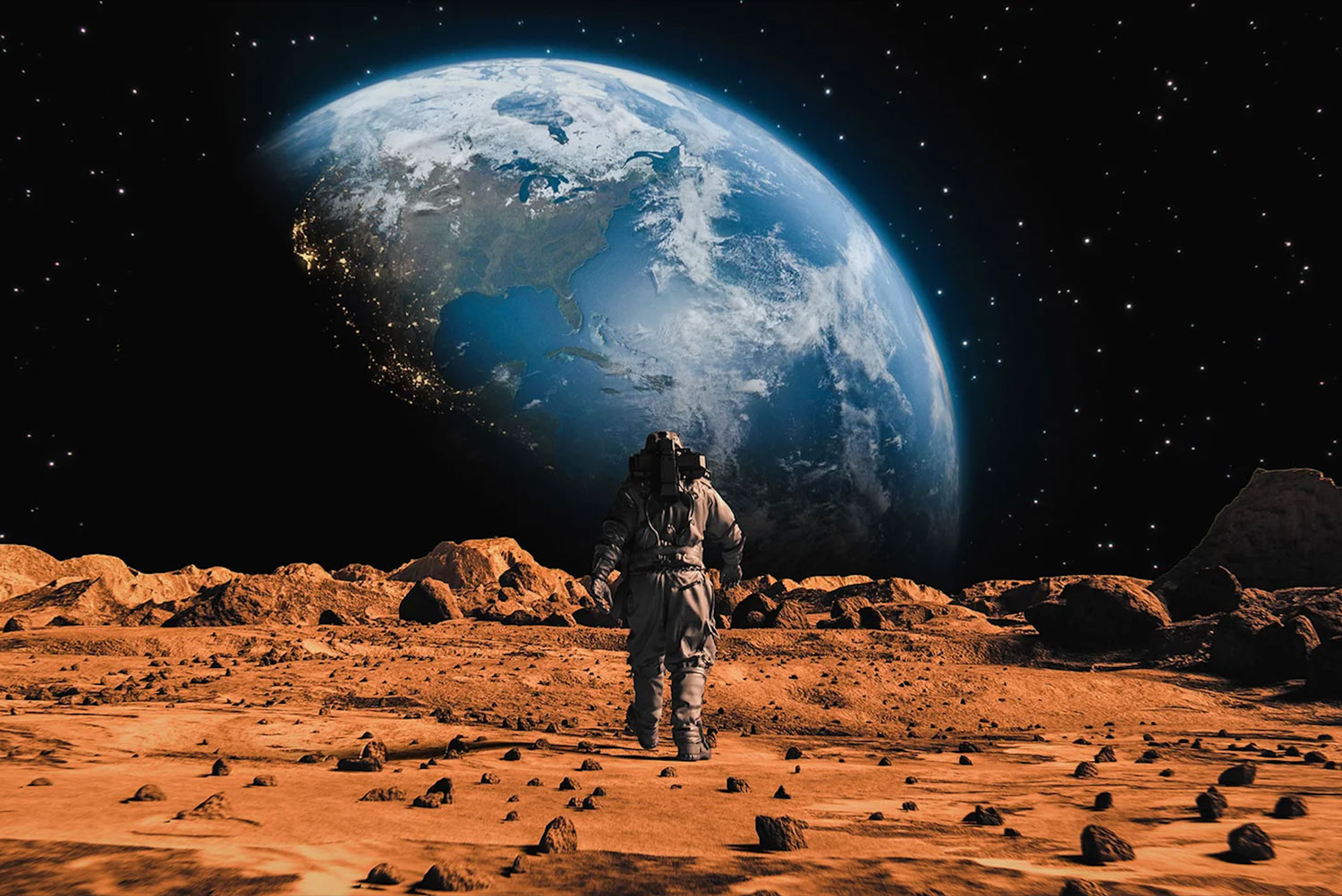CHAPTER XVII — Physical Environment
byCHAPTER XVII — Physical Environment provides an insightful examination of how the spiritual realm and physical surroundings are deeply interconnected, with Divine Mentality playing a key role in shaping the environment. The chapter argues that what we perceive as physical reality is ultimately an illusion, rooted in the metaphysical nature of existence. This perspective is not new, as it draws on numerous philosophical systems throughout history that have posited that the physical world is a manifestation of spiritual forces. The material world, according to this view, is much more than what meets the eye—it is a direct reflection of collective consciousness, with each individual and society influencing its form and function. This idea calls on readers to think beyond the tangible, considering the powerful and often hidden influence of spiritual forces in shaping the world around us. The chapter proposes that the mind, when in alignment with divine principles, has the ability to mold the physical environment, bringing about harmony or discord depending on the spiritual state of its inhabitants.
The chapter then shifts to discuss the Martian experience, particularly how the physical environment of Mars is a direct reflection of its people’s spiritual evolution. Unlike Earth, which is marked by constant natural disturbances and imbalances, Mars is depicted as a planet with a peaceful, stable climate that mirrors the advanced spiritual state of its inhabitants. The text suggests that the tranquility of Mars is not the result of chance or natural conditions, but rather a manifestation of the Martians’ collective spiritual maturity. This idea is in direct contrast to the Earthly experience, where material success, consumption, and technological progress have often come at the expense of spiritual growth, leading to an environment rife with pollution, unrest, and environmental degradation. The chapter further argues that as the Martians have developed spiritually, they have learned to live in harmony with their environment, which has, in turn, created a world of balance and peace. This contrasts sharply with the often fractured relationship humans have with their environment, offering a vision of what could be achieved if spiritual growth was prioritized alongside material progress.
The narrative continues to highlight the crucial relationship between material phenomena and their spiritual causes, proposing that the world around us is deeply influenced by the collective mentalities and emotional states of its inhabitants. Turbulence in nature, whether it be storms, earthquakes, or other forms of natural disasters, is presented as a reflection of the collective negativity, conflict, and disharmony of the people. The chapter suggests that when a society’s mental and emotional state is aligned with spiritual ideals, the physical world becomes a more harmonious reflection of this. In such a society, natural disturbances diminish, and the environment becomes a more peaceful and stable place. Conversely, when a society is consumed by conflict, fear, and materialism, the physical environment mirrors this disharmony, with nature manifesting its unrest. The chapter makes the case that environmental sustainability is not merely a matter of technological innovation or policy changes but a deeper issue tied to the spiritual evolution of the people. The harmony of the physical environment can only be achieved when a society aligns itself with higher spiritual principles, leading to a more harmonious relationship with nature and a reduction in destructive forces.
In the final sections, CHAPTER XVII — Physical Environment discusses how spiritual progress directly impacts the physical conditions of life, not just on a personal level but for the collective good of society. The chapter presents a profound message that the state of our environment is a reflection of our spiritual consciousness and mental state as a collective. It argues that a shift in collective consciousness towards spiritual ideals and higher values can bring about a radical transformation in the physical world. The peaceful and harmonious conditions on Mars are presented as an example of what is possible when a civilization aligns itself with divine laws and works toward the betterment of all beings, both spiritually and materially. The chapter concludes by calling for a shift in human values, urging readers to focus on spiritual enlightenment as the foundation for creating a world of peace and environmental harmony. It encourages people to recognize that by nurturing their inner spiritual growth, they can contribute to the creation of a more harmonious world for future generations. The chapter thus emphasizes that true environmental sustainability and peace can only be achieved when humanity moves beyond materialism and embraces the higher ideals of universal brotherhood and spiritual development.


